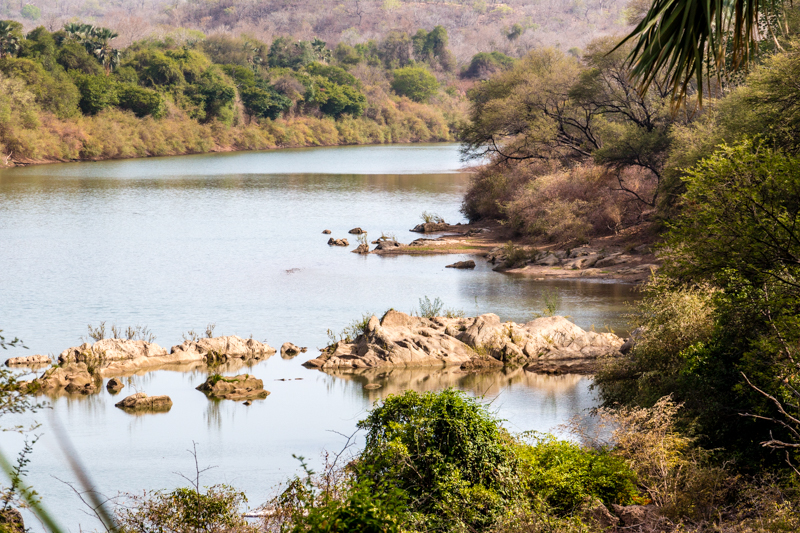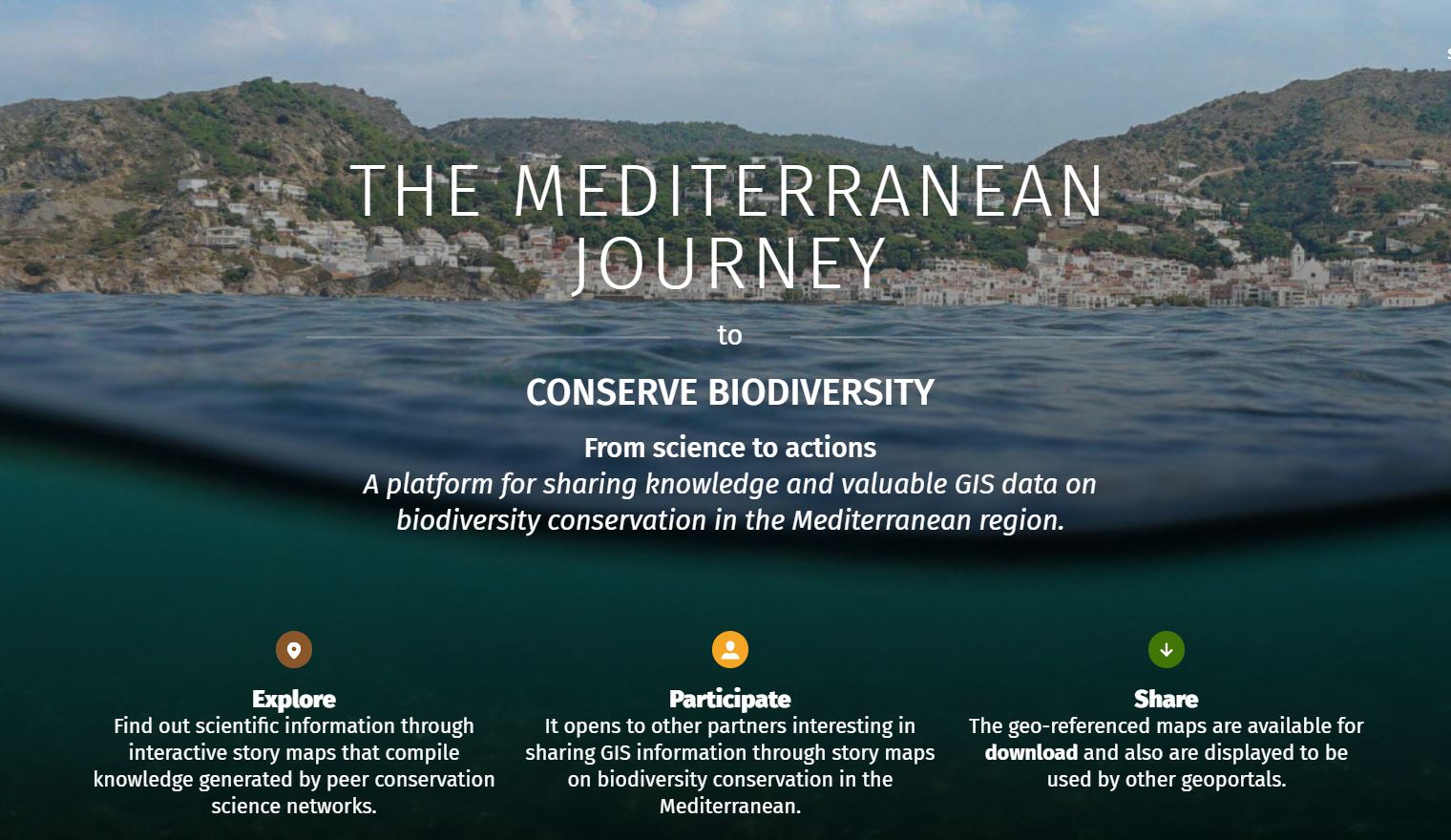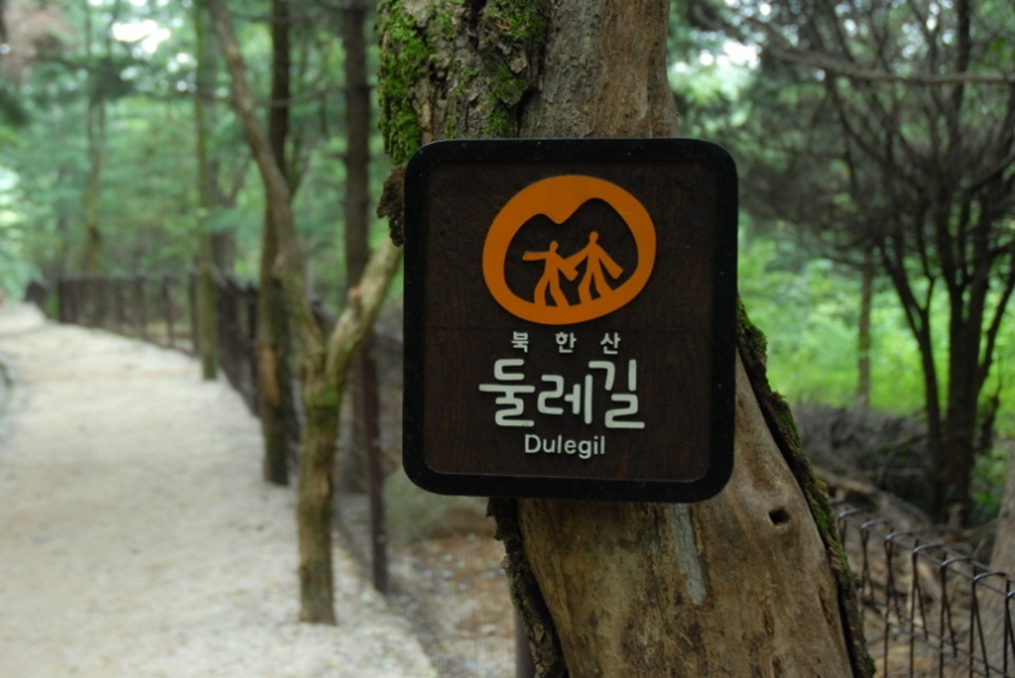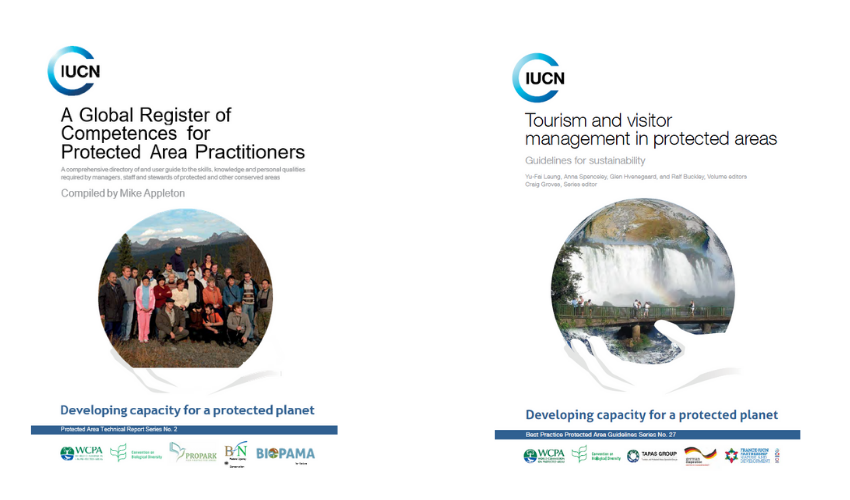Cement giant vows to respect World Heritage in joint effort with IUCN and UNESCO
Building materials company CEMEX has committed to staying out of World Heritage sites and to building awareness of the need to protect them, following a collaboration with UNESCO’s World Heritage Centre and IUCN, International Union for Conservation of Nature.

Photo: IUCN / Remco Van Merm
The commitment, confirmed in the firm’s 2015 Sustainable Development Report issued this week, is in line with the globally accepted principle that listed sites are off limits for the extractive industry.
It states: “CEMEX fully recognises the need to protect the outstanding universal value of World Heritage sites and that these sites should be considered no-go areas and nothing should impinge on their settings and buffer zones*.”
Cemex, one of the world’s biggest building materials firms, also commits to promoting a culture of respect for nature among its stakeholders – a pledge evidenced in a recent book, Earth’s Legacy: Natural World Heritage, produced in collaboration with UNESCO, IUCN, Conservation International and the WILD Foundation.
“By fully endorsing the principle of ‘no-go’ in World Heritage sites for extractives, CEMEX is showing the type of leadership the international community is calling for,” says Inger Andersen, Director General of IUCN. “This commitment confirms the important role that the private sector has to play in protecting World Heritage sites and in supporting nature conservation efforts more broadly.”
“World Heritage sites do not belong solely to one people or one country, but to humanity as a whole, and protecting them is a responsibility we collectively share now and in times to come,” says Irina Bokova, Director General of UNESCO. “We welcome CEMEX’s commitment as recognition that we must all work together to ensure that the world’s most outstanding places flourish in a sustainable manner for the benefit of future generations.”
Despite their high profile, increasing numbers of natural World Heritage sites are under threat, including from extractive industries such as mining or quarrying, and large-scale infrastructure such as roads and dams. In 2014, IUCN classified 54 natural World Heritage sites (about 23%) as currently threatened by extractives and identified the rise in extractive concessions and operations as amongst the greatest potential threats that could affect natural World Heritage sites in the future.
The damaging effects of extractive activities on World Heritage have been better recognised in recent times, with an increasing number of private-sector commitments. The no-go principle has been endorsed by the International Council on Mining and Metals (ICMM) grouping 23 mining companies, oil-and-gas companies Royal Dutch Shell, Total and Tullow Oil, and financial firms JP Morgan and HSBC.
CEMEX’s commitment follows the release of Earth’s Legacy: Natural World Heritage last December – part of its Nature book series which aims to generate environmental awareness.
“CEMEX has demonstrated its belief in conservation for a quarter-century by producing this outstanding book series, of which this wonderful volume on World Heritage is the latest contribution,” says Russ Mittermeier, Executive Vice-Chair of Conservation International and former Vice-President of IUCN. “They should be commended for having locked in their commitment to the world’s highest priority natural areas through their very strong statement on the inviolate nature of UNESCO World Heritage sites.”
* Buffer zones are areas around World Heritage sites giving an added layer of protection.
For more information or interviews please contact:
Alistair Burnett, IUCN Media Relations, alistair.burnett@iucn.org, +41 79 452 28 72
Célia Zwahlen, IUCN World Heritage Communications, celia.zwahlen@iucn.org +41 22 999 07 16
Gina Doubleday, UNESCO World Heritage Centre Communications, +33 1 45 68 16 60, g.doubleday@unesco.org



